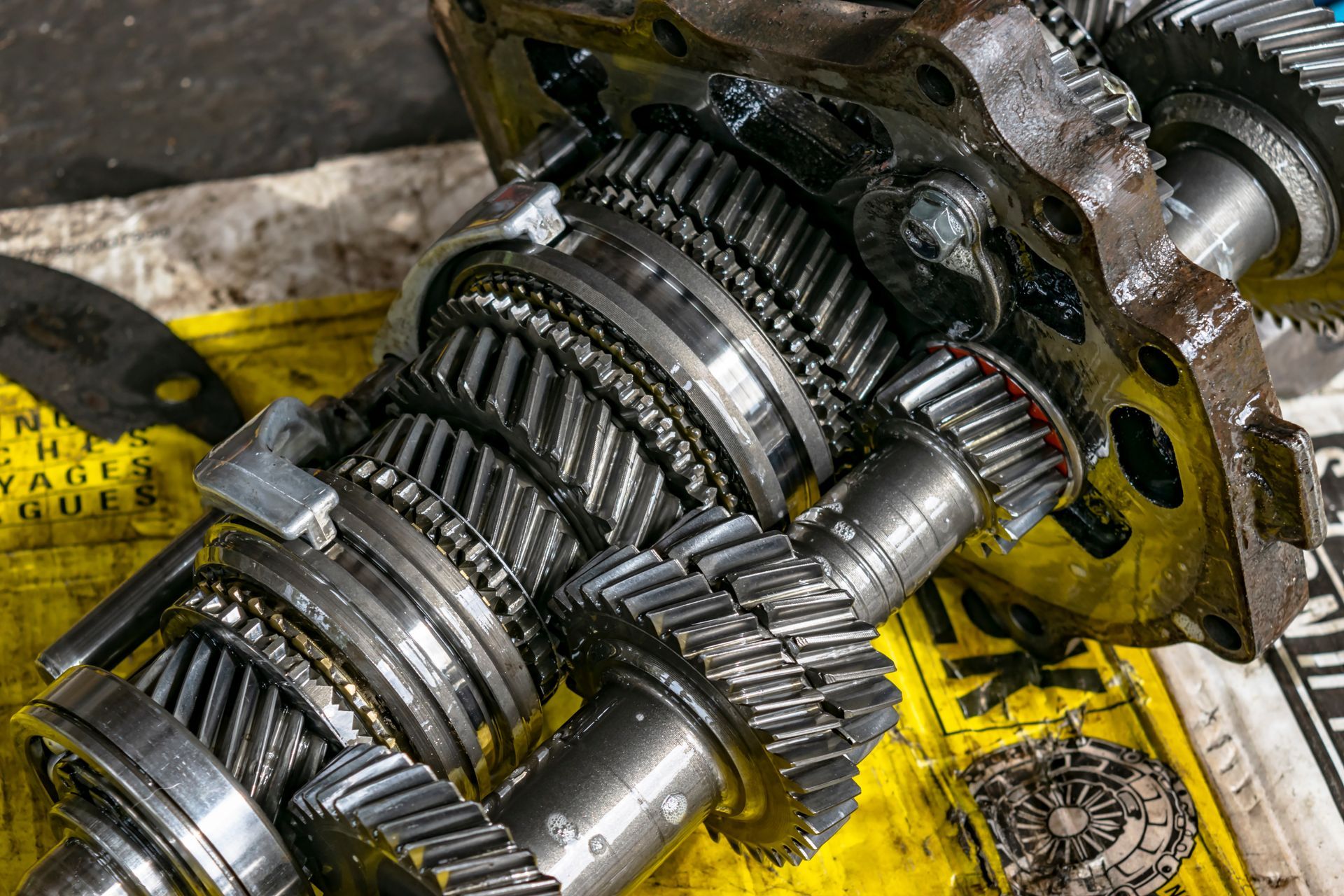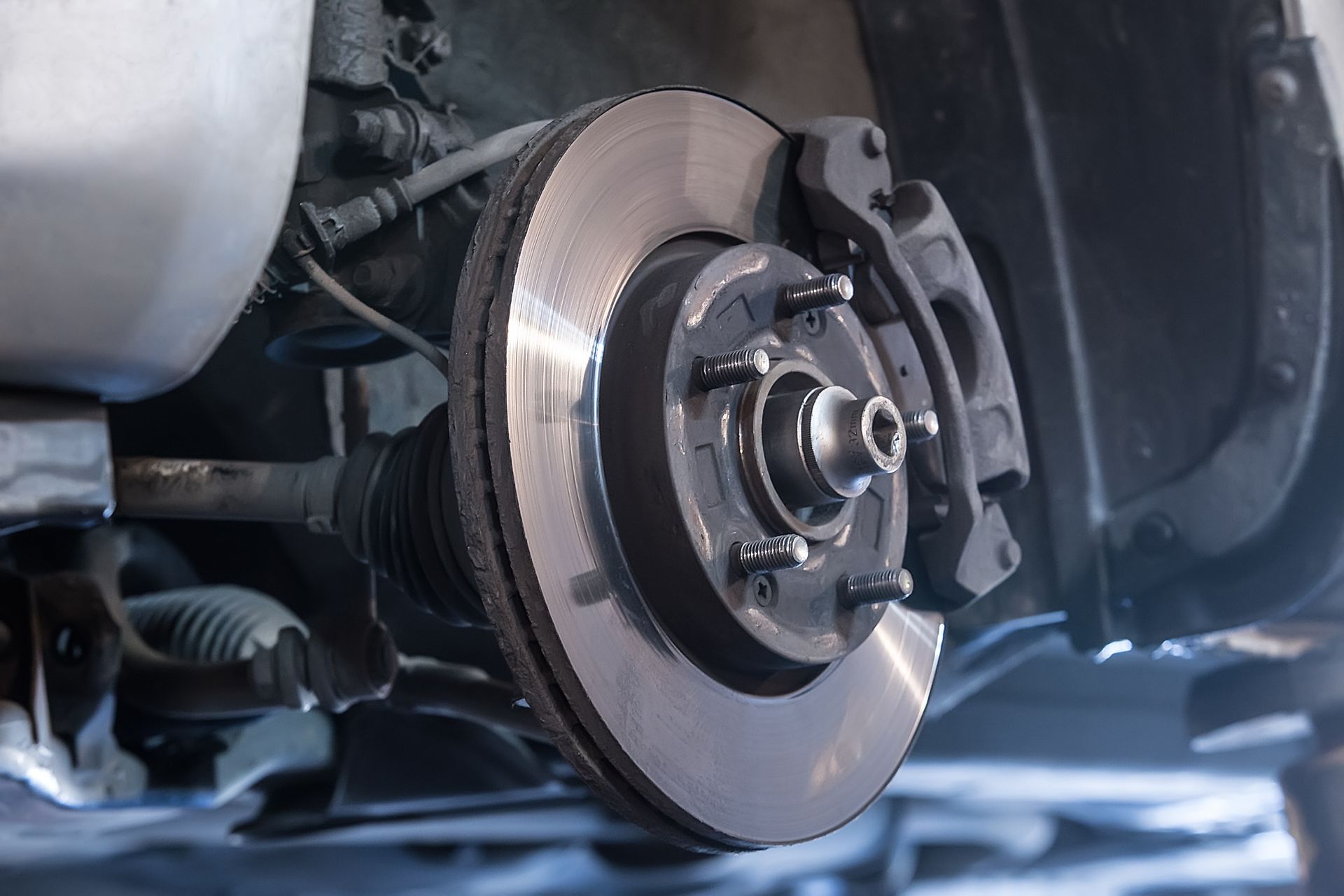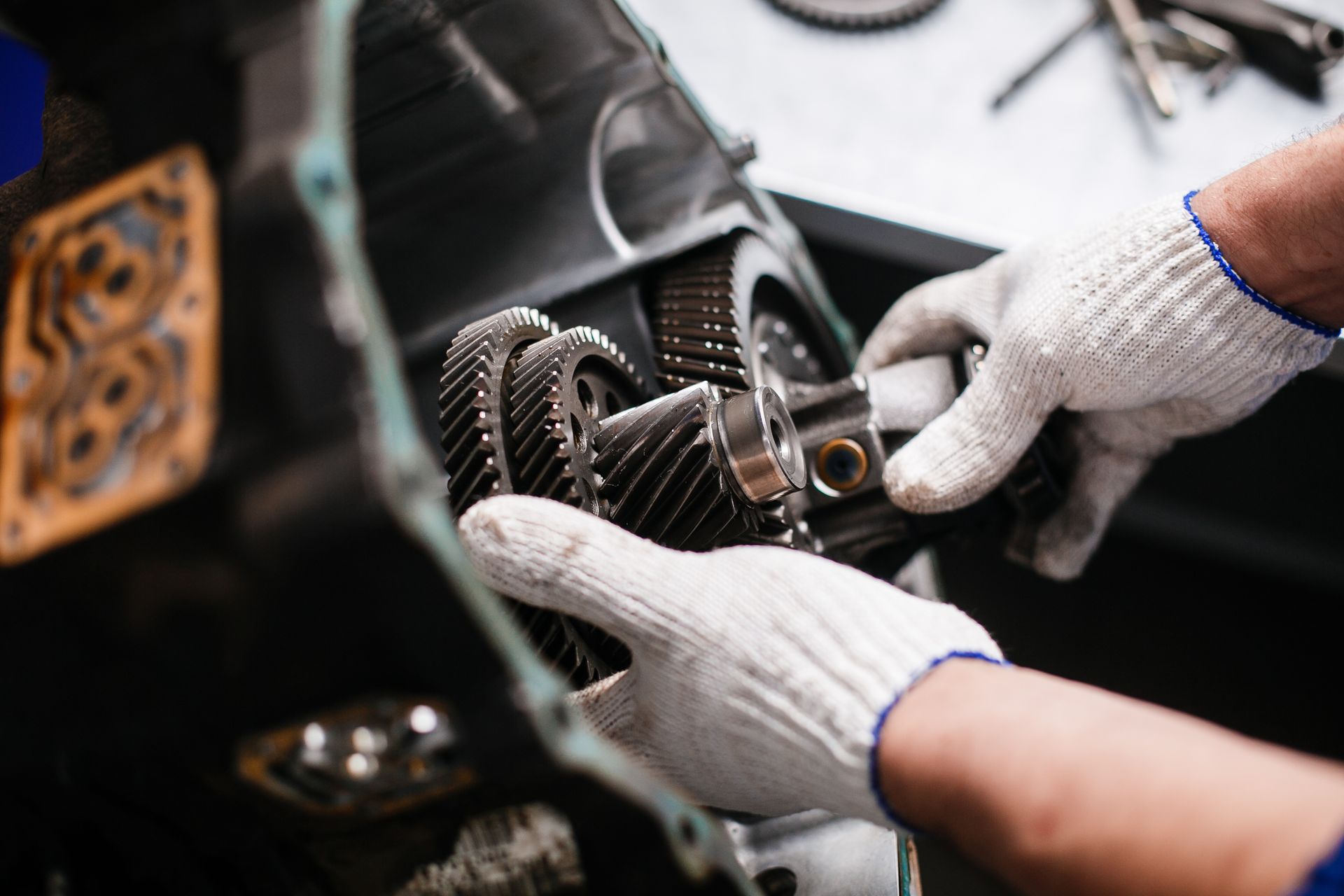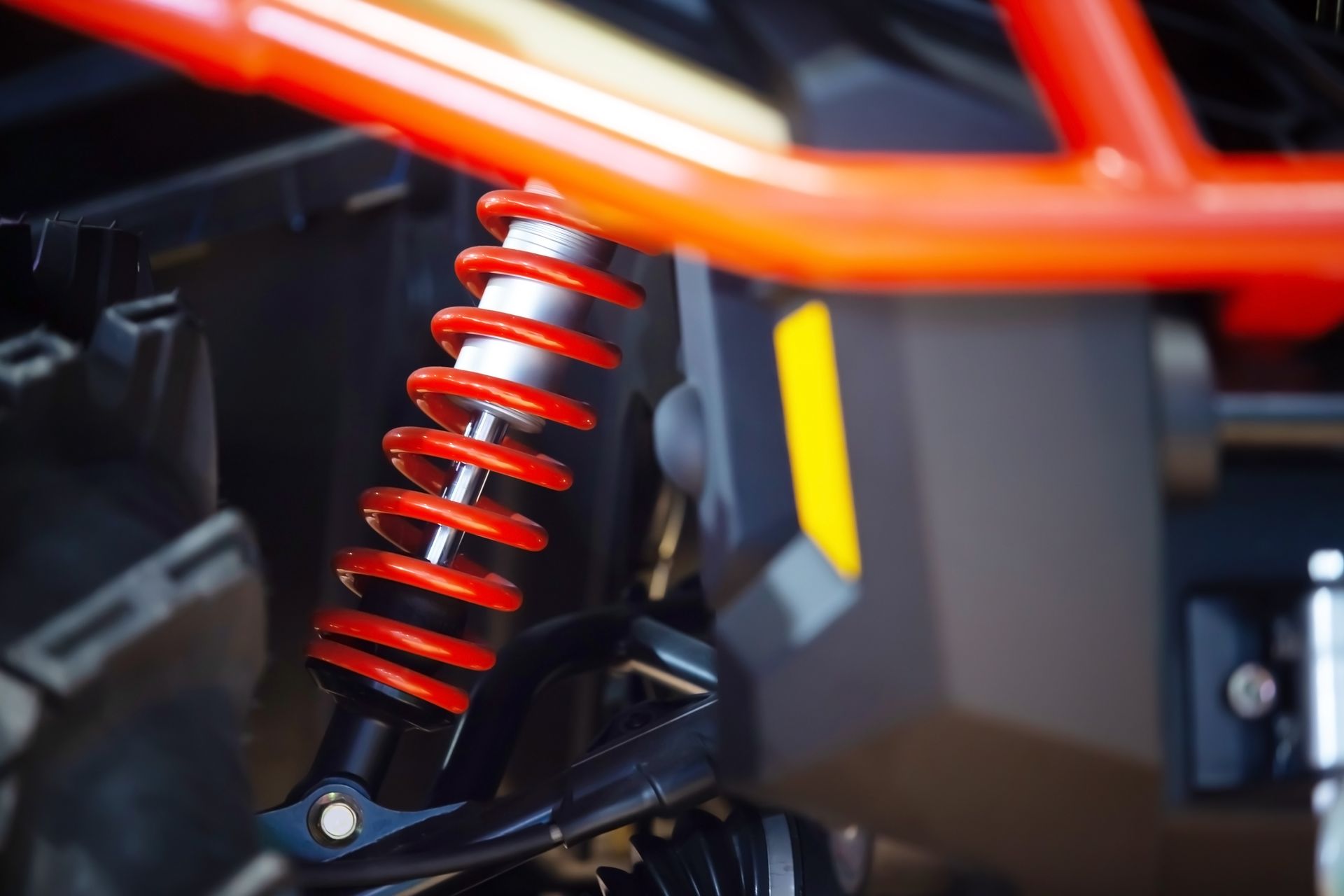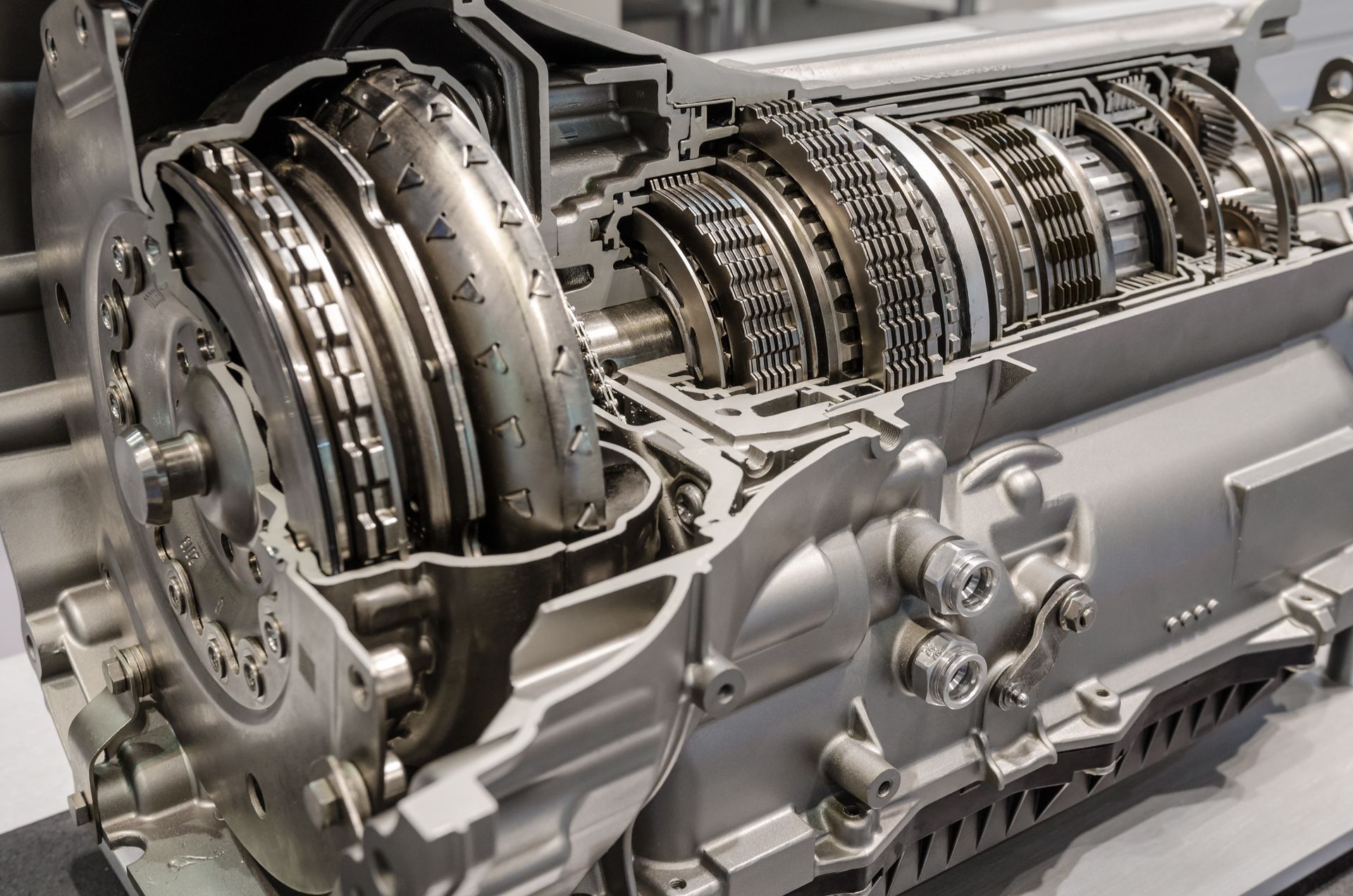Your timing belt synchronizes the crankshaft and camshaft, ensuring that valves open and close at the right time while pistons move up and down. Without this precise timing, your engine cannot operate properly. Since the belt is made of reinforced rubber, it naturally wears down over time and eventually needs to be replaced. If it snaps while you’re driving, the results can be devastating for your engine.
The Immediate Consequences of a Broken Timing Belt
When the timing belt breaks, the camshaft stops turning, while the crankshaft continues to rotate. This means the pistons continue rising and falling while valves remain stuck in whatever position they were in. In many engines, this leads to direct contact between pistons and valves. The collision can bend valves, damage pistons, and in severe cases, crack the cylinder head or block. Essentially, your engine goes from running to completely disabled in seconds, leaving you stranded and facing costly repairs.
Interference vs. Non-Interference Engines
Not all engines suffer the same damage when a timing belt snaps. Vehicles are designed with either interference or non-interference engines. In a non-interference engine, pistons and valves never occupy the same space, so if the belt breaks, the engine simply shuts down. While inconvenient, the damage is often limited.
However, in an interference engine, which is very common in modern vehicles, the valves and pistons share space at different times. A snapped belt almost always results in serious internal damage, often requiring an engine rebuild or replacement.
Warning Signs Your Timing Belt May Be Failing
The challenge with timing belts is that they often fail without much warning. Still, there are a few symptoms drivers can watch for:
- Ticking noises from the engine, which may indicate the belt is wearing down.
- Difficulty starting the car or misfiring, caused by poor valve timing.
- Visible wear, cracks, or fraying on the belt if inspected during maintenance.
- Oil leaks near the front of the engine, which can damage the belt material.
Even if these signs are absent, belts must still be replaced at the recommended service intervals, usually every 60,000 to 100,000 miles depending on the manufacturer.
Why Proactive Replacement Is Needed
Replacing a timing belt may seem like a major service, but it’s nothing compared to the cost of repairing an engine after a failure. A preventive replacement is far less expensive and gives you peace of mind that your vehicle won’t leave you stranded. Mechanics often recommend replacing related parts, like the water pump and tensioners, at the same time since they are located in the same area. This saves labor costs and reduces the risk of future breakdowns.
How a Broken Timing Belt Affects Safety
Aside from the financial hit, a snapped timing belt can also create dangerous situations on the road. Since your engine stops immediately, you may lose power steering and power brakes. If this happens at high speeds, controlling the vehicle becomes difficult and increases the risk of an accident. This is why routine maintenance and timely belt replacement are not just about protecting your engine but also about keeping you safe while driving.
Protect Your Engine With American Five Star Auto Repair & Transmission in Tempe, AZ
Your timing belt is too important to ignore. At American Five Star Auto Repair & Transmission in Tempe, AZ, we provide thorough inspections and professional replacement services to keep your engine safe. Whether your vehicle is approaching the mileage interval for a new belt or you’re unsure of its condition, our experienced team can help.
Schedule your appointment today and avoid the risks of a sudden timing belt failure.

